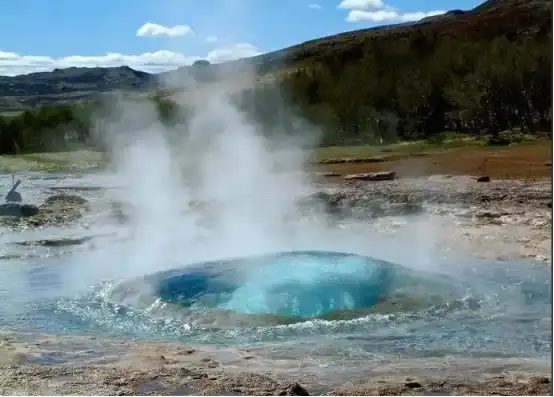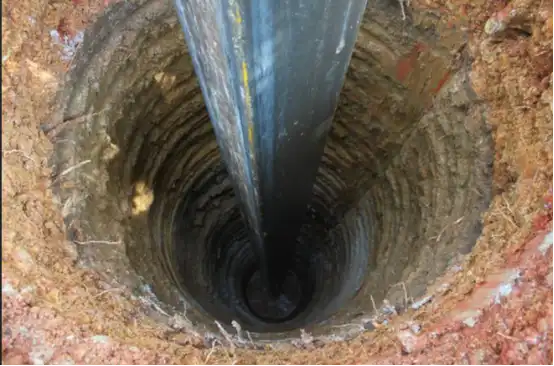- English
- French
- German
- Portuguese
- Spanish
- Russian
- Japanese
- Korean
- Arabic
- Greek
- German
- Turkish
- Italian
- Danish
- Romanian
- Indonesian
- Czech
- Afrikaans
- Swedish
- Polish
- Basque
- Catalan
- Esperanto
- Hindi
- Lao
- Albanian
- Amharic
- Armenian
- Azerbaijani
- Belarusian
- Bengali
- Bosnian
- Bulgarian
- Cebuano
- Chichewa
- Corsican
- Croatian
- Dutch
- Estonian
- Filipino
- Finnish
- Frisian
- Galician
- Georgian
- Gujarati
- Haitian
- Hausa
- Hawaiian
- Hebrew
- Hmong
- Hungarian
- Icelandic
- Igbo
- Javanese
- Kannada
- Kazakh
- Khmer
- Kurdish
- Kyrgyz
- Latin
- Latvian
- Lithuanian
- Luxembou..
- Macedonian
- Malagasy
- Malay
- Malayalam
- Maltese
- Maori
- Marathi
- Mongolian
- Burmese
- Nepali
- Norwegian
- Pashto
- Persian
- Punjabi
- Serbian
- Sesotho
- Sinhala
- Slovak
- Slovenian
- Somali
- Samoan
- Scots Gaelic
- Shona
- Sindhi
- Sundanese
- Swahili
- Tajik
- Tamil
- Telugu
- Thai
- Ukrainian
- Urdu
- Uzbek
- Vietnamese
- Welsh
- Xhosa
- Yiddish
- Yoruba
- Zulu

Oilfield Cementing
Current Application Scenarios of Well Cementing Chemicals

Well cementing chemicals play a vital role in the construction of oil and gas wells. Cement slurries, which are a key component in well cementing, are formulated with various chemicals to meet different engineering requirements. Dispersants are used to improve the fluidity of cement slurries, ensuring easy pumping into the wellbore. These chemicals prevent the cement particles from aggregating, allowing for a more homogeneous mixture. For example, in deep - sea oil and gas wells, where high - pressure and low - temperature conditions prevail, special dispersants are designed to maintain the pumpability of the cement slurry under extreme circumstances.
Retarders are another important type of well cementing chemicals. In long - distance well - cementing operations or in wells with high bottom - hole temperatures, retarders are added to the cement slurry to control the setting time. This is crucial as it gives enough time for the slurry to be properly placed in the wellbore before it hardens. In some geothermal wells, where the temperature can reach several hundred degrees Celsius, high - temperature - resistant retarders are used to ensure that the cement slurry remains in a workable state during the pumping process.
In geothermal well construction, well cementing chemicals face unique challenges due to the high - temperature and corrosive environment. The cement used in geothermal wells needs to have excellent heat resistance and chemical stability. Special additives are incorporated into the cement formulation to enhance its performance. For instance, silica fume is often added to cement slurries for geothermal wells. Silica fume reacts with the calcium hydroxide in the cement matrix at high temperatures, forming additional calcium - silicate - hydrate gel, which improves the strength and durability of the cement at elevated temperatures.
Corrosion inhibitors are also essential in geothermal well cementing. The hot, acidic fluids in geothermal reservoirs can severely corrode the cement sheath. Chemicals such as organic amines and phosphates are added to the cement slurry to form a protective film on the surface of the cement, preventing or reducing the corrosion rate. This helps to maintain the integrity of the wellbore and ensures the long - term operation of the geothermal well.


For water wells, the main function of well cementing chemicals is to ensure the isolation of different aquifers and prevent the contamination of water sources. Sealants are used to create a tight seal between the wellbore and the surrounding rock formations. In some cases, bentonite - based sealants are applied. Bentonite swells when it comes into contact with water, filling any gaps or fractures in the wellbore wall and providing an effective seal. This is particularly important in water - supply wells, where maintaining the quality of the water is of utmost importance.
Existing Challenges in the Application of Well Cementing Chemicals1. Environmental Concerns
Many traditional well cementing chemicals contain heavy metals or other environmentally harmful substances. For example, some retarders and accelerators may contain chromium, which is a toxic heavy metal. When these chemicals are discharged during well - cementing operations or over the lifespan of the well, they can contaminate soil and water sources. With the increasing emphasis on environmental protection, there is a growing need to develop more environmentally friendly well - cementing chemicals.
2. High - Temperature and High - Pressure Conditions
As the exploration of oil, gas, and geothermal resources moves towards deeper and more complex geological formations, the well - cementing process has to withstand extremely high - temperature and high - pressure conditions. Existing well - cementing chemicals may not be able to maintain their performance under such harsh environments. Developing chemicals that can function effectively in temperatures exceeding 200°C and pressures over 100 MPa remains a significant challenge.
3. Compatibility Issues
In some cases, different well - cementing chemicals may not be fully compatible with each other. For example, certain dispersants may react with retarders in an unexpected way, leading to changes in the rheological properties of the cement slurry or even premature setting. Ensuring the compatibility of various chemicals in the complex cement - slurry systems is crucial for successful well - cementing operations.
Development Prospects of Well Cementing Chemicals
1. Green and Sustainable Chemicals
In the future, there will be a greater focus on developing well - cementing chemicals that are environmentally friendly and sustainable. This includes the use of biodegradable polymers as additives in cement slurries. For example, some researchers are exploring the use of natural polymers such as chitosan in well - cementing applications. Chitosan is biodegradable, non - toxic, and has good film - forming properties, which can potentially improve the sealing performance of cement slurries without causing environmental pollution.
2. Nanotechnology - Enabled Chemicals
Nanotechnology offers great potential for improving the performance of well - cementing chemicals. Nanoparticles can be added to cement slurries to enhance their mechanical properties, such as strength and toughness. For instance, nanosilica particles can fill the micro - pores in the cement matrix, reducing its permeability and improving its resistance to harsh environments. In addition, nanoparticles can be functionalized to achieve specific functions, such as self - healing properties in the cement sheath. If a crack forms in the cement due to external stress, the functionalized nanoparticles can release healing agents to repair the crack, ensuring the long - term integrity of the wellbore.
3. Smart Chemical Systems
The development of smart well - cementing chemical systems is another promising trend. These systems can respond to changes in the wellbore environment, such as temperature, pressure, and chemical composition. For example, self - adjusting cement - slurry systems can be designed to change their setting time or rheological properties in response to variations in downhole temperature. This can optimize the well - cementing process and improve the quality of the cement sheath, especially in complex geological formations.
In conclusion, well cementing chemicals are widely used in various well - construction fields, but they also face several challenges. However, with the continuous development of technology, the future of well - cementing chemicals looks promising, with a focus on environmental friendliness, high - performance under extreme conditions, and the development of smart and advanced chemical systems.

Learn about our latest products and discounts through SMS or email